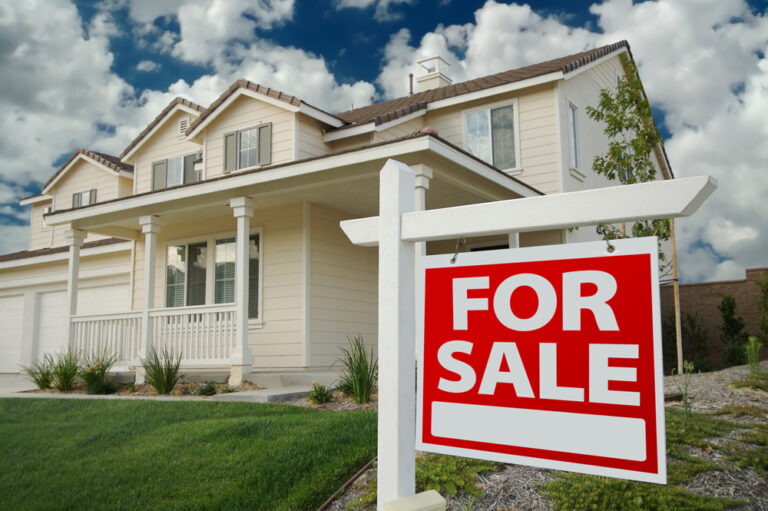By Aileen Tie
Many of us have the average post-brunch Sunday afternoon routine. We check to see what we could buy after paying off grad school debt. Ponder if we should adopt a cat. Or we scroll through Zillow and save a couple houses. One can dream, right? Sadly, the American dream of homeownership is moving further and further away for people of all ages, but especially Millennials.
I started house hunting eight months ago in Dallas, just as prices started to skyrocket. After nursing the wounds of getting outbid four times, I decided to take a break from house hunting, before finally closing on a home early 2022.
Now, four times may not even be that much—speak to any realtor, and you will hear cases of many families getting outbid a dozen times over. This growing crisis affects everybody (yes even you if you purchased before 2020 you lucky duck, because surrounding appreciating properties limits current homeowners from being able to move.)
It’s not just happening in Texas, but all across America, and even across the ocean in Great Britain, Ireland, and Western Europe. Rents have suddenly surged 10-40% across different markets, bringing a nasty surprise of a $250-$1,000 per month increase for renters, and fueling bidding wars for aspiring first time homebuyers.
There are a few factors that have gotten us to this point.
First, it is important to note that the spike in housing prices from 2020-2022 differs greatly from the Subprime Mortgage crisis of 2007-2008.
Also, lockdowns and the hybrid work model has also led to the Great Reshuffling of America. A record number of people have left Coastal and Northern cities for the Lone Star State, making Texas the No. 1 state for new residents last year.
Lastly, the slowdown of supply chains and rising cost of lumber means that new houses are not getting built fast enough to keep up with demand. The result of this is a record low inventory at the start of 2022—even lower than at the start of 2021. In short, it’s not a housing crash that is looming, but a very present housing crunch, where many are bidding for a limited pool of housing.
It’s important to note that the biggest competitor against Texan homebuyers today are not those pesky Californians, but anonymous giant investors with deep pockets. For example, Fundrise LLC, an online property investing platform, scooped up a 124 house community in Conroe named Amber Pines at Fosters Ridge.
Blackstone just became America’s largest residential and commercial landlord by purchasing the Preferred Apartment Communities at $5.8 billion dollars, taking over 12,000 rental apartment properties in Florida, Georgia, and Tennessee. Blackstone shows no sign of stopping, as the company also plans to buy more units in Texas, Colorado, and Arizona.
These asset management companies are able to pay in cash and bid $50-100k over asking price—without ever having to set foot inside of the home.
What happens to both home and rent prices in 2022 will largely depend on the actions of the Federal Reserve. As of March, the Fed is no longer going to be buying mortgage backed securities and treasury bonds, which will lead to higher mortgage rates.
As mortgage rates climb, this has the possibility to ease demand, but the number of people who would be able to afford higher rates will start to decline. If the housing market does cool, there will still be plenty of retail buyers who will buy. Those who don’t get in the amplifying market will be forced to rent at higher costs.
Finding solutions for the current emergency is paramount. Rent control has been brought on as a possible solution, but cities who implement this policy have seen mixed results. In New York City, for example, rent control has effectively made renters long term tenants who are paying decade old rates.
Taxes and expenses for landlords continue to rise, which in turn forces new renters to pay inflated rates to make up for the costs. It also does not address the underlying issue of supply and demand.
It can be tempting for current homeowners to relish in the impressive gains accrued in their properties in the last few years, but it’s important to take into account how the rising cost of housing will ultimately become unsustainable and will affect all generations.
How will a single elderly tenant on a fixed income deal with surging rent prices? How will a young family ever get a home? How will a young adult take the first steps into independence and adulthood? If you have a house, where could you move if every surrounding house is up 30%?
What we need are parameters that will put independent buyers first, and not foreign entities, and companies with anonymous faces. Housing affordability is a necessary tenet of the American Dream, and should be protected as such.
.

